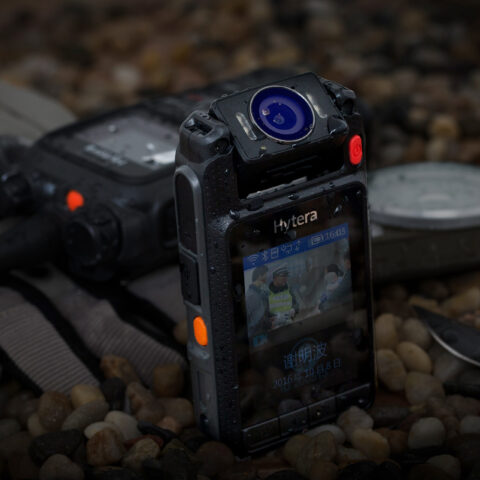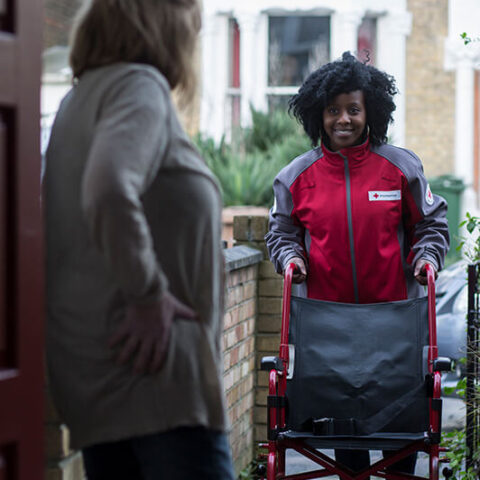All Products

10 Nov 2020
Body Worn Cameras in Healthcare
Body-worn cameras – or BDCs – are, as they sound, a camera that the user wears on their body, to record footage at the touch of a button.
For a long time, BDCs have been in use across prisons and the police force as a means to protect their staff, inmates and the public, acting as a deterrent against violence and providing evidence when a violent episode has occurred. Now, thanks to a growing number of success stories, there is the potential for this type of security device to become more widespread within the healthcare sector.
The Government certainly feels the technology can be of benefit to the NHS, with plans to invest £8m on trialling cameras for its paramedics in an attempt to reduce the number of assaults. It also feels the technology can help to speed up the prosecution process when it comes to violence against its workers by members of the public.
It is by no means a new concept within the realm of hospitals – in particular, highly secure units that manage patients with mental health issues. In 2014, cameras were used on nurses in two wards at Broadmoor psychiatric hospital in Berkshire. Not only was the footage captured deemed crucial as evidence in multiple prosecutions involving violence, but the findings also noted a reduction to the levels of anti-social and aggressive behaviour within the hospital.
One advocate for BWCs is Berrywood Hospital in Northampton. Back in 2016, they began to trial cameras on some of their staff working across five mental health wards where violence was frequent. Initially, while violence was quickly reduced in some of the wards it was not eradicated in full and some staff were unsure as to the benefits. Over time, as both the staff and patients have become more used to the technology, the hospital has seen a significant reduction to on-ward incidents and as such, additional cameras have been acquired and the technology is now in use across the wider facility.
It is worth noting the cameras used at Berrywood Hospital are not left permanently in recording mode. Instead, the nurses switch them on when the patient starts to behave in an unsafe manner and only after advising their patient they are doing so. In itself, this sees most patients begin to alter their behaviour immediately on knowing the camera is in operation. On being warned, the unsafe behaviour immediately de-escalates.
The argument for BWCs in hospitals and healthcare settings is not only based on the protection of staff, but also the welfare of patients. Just as a nurse can choose to operate a camera, a patient is also in the position to request a camera be turned to on, which is crucial here to the case for body-worn cameras protecting both the patient and the staff member who wears it. They can request to see any footage of themselves after an incident has taken place, in line with Data Protection regulations.
One of the key benefits to using the technology is the speed and accuracy at which it operates. Put simply, when an incidence does occur, footage can be reviewed quickly, rather than having to wait on statements from witnesses.
That said, using BDCs in the healthcare sector should not replace the need for adequate staffing, with workers still expected to train in full on how to handle patients correctly both physically and verbally. Patients must always be encouraged that the hospital environment is safe and a place where their privacy and dignity are intact.
If you would like to discuss our range of body-worn camera technology, talk to the team at Active Olive Healthcare today.






